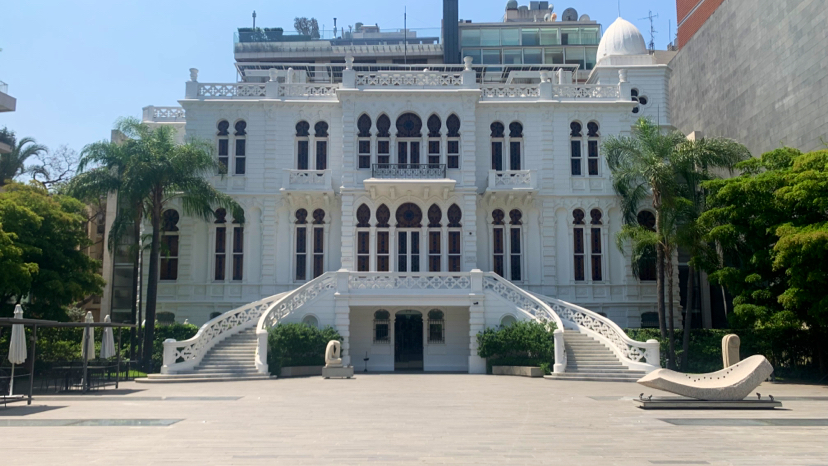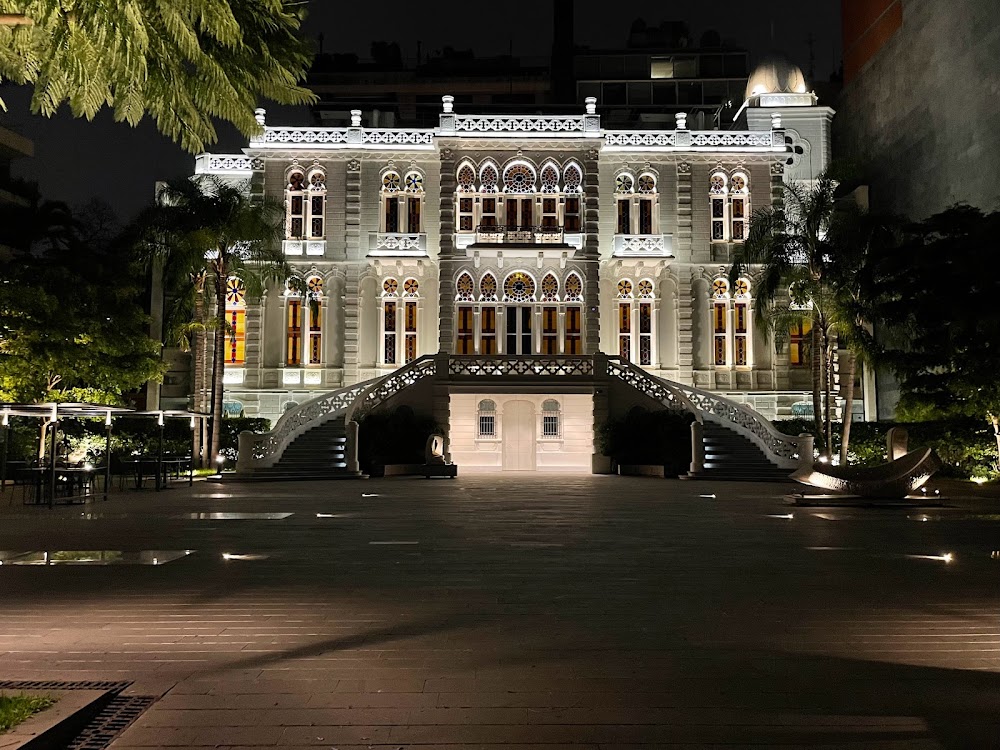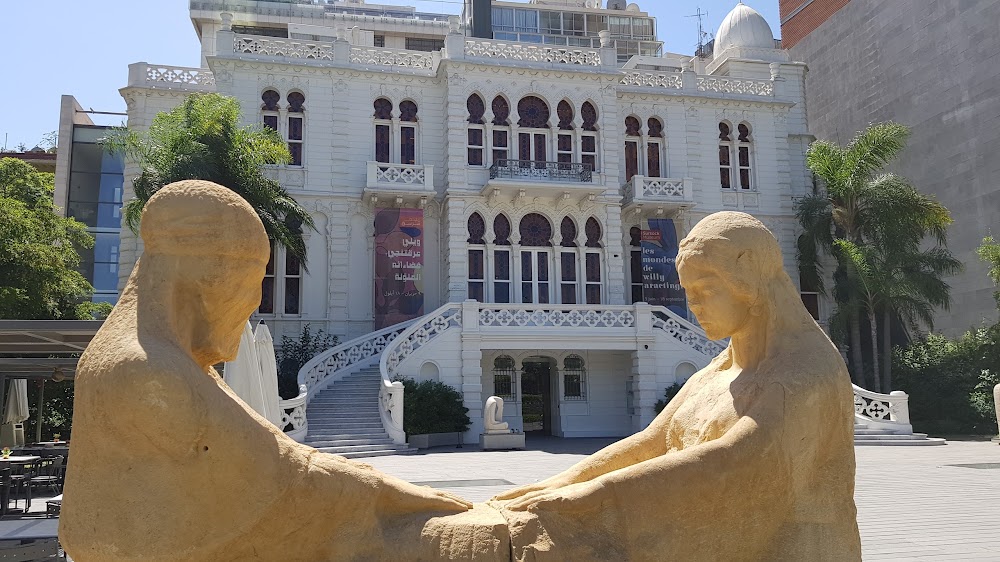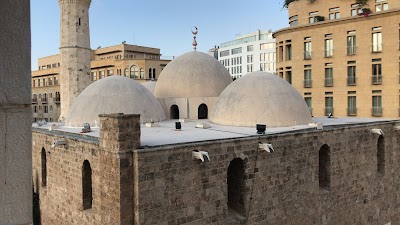Sursock Museum (متحف سرسق)
Overview
The Nicolas Sursock Museum, often referred to simply as the Sursock Museum, is a celebrated art institution nestled in the heart of Beirut, Lebanon. This cultural treasure reflects the city’s dynamic art scene and its deep historical roots, making it a must-visit for art enthusiasts and curious travelers alike.
Originally a lavish family mansion belonging to Nicolas Sursock, a distinguished Lebanese aristocrat and art lover, the museum was transformed into a public institution to foster artistic expression. After inheriting the property, Sursock dedicated his life to promoting the arts, ultimately bequeathing the villa to the Lebanese people. The museum officially opened its doors in 1961, realizing Sursock's dream of creating a hub for contemporary art and culture.
The villa itself is a stunning architectural achievement, constructed between 1900 and 1912. It exemplifies the unique Lebanese architectural style, featuring a harmonious blend of Ottoman and Venetian influences. Visitors will marvel at the elegant façade, adorned with intricately designed windows, exquisite tile work, and beautifully crafted wooden shutters—each detail a testament to the exceptional craftsmanship of the era.
Nicolas Sursock's vision extended beyond the building's architecture; he aimed to cultivate a space that inspires creativity. The museum's initial collection, sourced from Sursock's personal acquisitions, showcased a rich array of both regional and international art. Over the years, this collection has expanded to include significant modern and contemporary works, solidifying the museum's status as a key cultural institution in Beirut.
In 2008, the museum temporarily closed for an extensive renovation and expansion project designed to modernize its facilities while preserving the historical essence of the original structure. This ambitious undertaking, completed in 2015, introduced new underground galleries, advanced climate control systems to protect the artwork, and enhanced visitor amenities. Funded by a combination of private donations and public support, the renovation cost approximately $15 million, highlighting the museum's cultural significance to the Lebanese community.
During the renovation, meticulous care was taken to restore the villa's original architectural features while seamlessly integrating new elements. The museum reopened its doors in October 2015, boasting an expanded exhibition space that accommodates a diverse range of shows—from traditional Lebanese art to avant-garde contemporary installations. This grand reopening was celebrated with a ceremony that underscored the museum's role as a beacon of art and culture in Beirut.
Today, the Sursock Museum remains a vital hub for Lebanon's artistic community. It hosts a variety of temporary exhibitions, workshops, and educational programs designed to engage a wide audience. The museum also serves as a platform for Lebanese artists to showcase their work, contributing to the ongoing narrative of the country’s rich cultural heritage.
Visitors can take a break at the museum's café, nestled within the villa's charming garden, which offers a peaceful setting to reflect on the art and enjoy the historic ambiance. The museum shop is a treasure trove of unique keepsakes, featuring art books, prints, and locally crafted items.
Despite the challenges Lebanon has faced in recent years, including political instability and economic hardships, the Nicolas Sursock Museum stands as a resilient symbol of the creativity and spirit of the Lebanese people. It is a testament to the transformative power of art and culture, bringing communities together and inspiring future generations.









